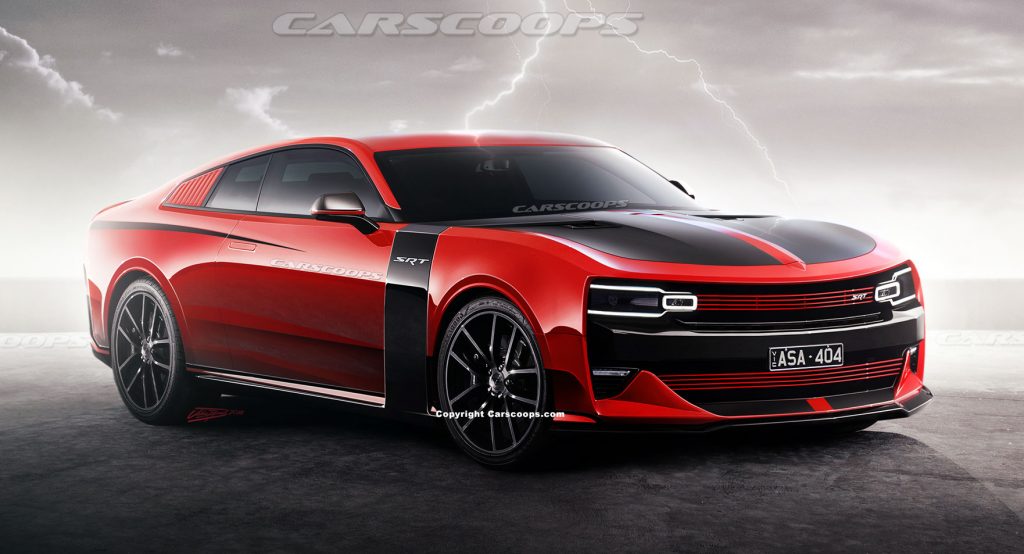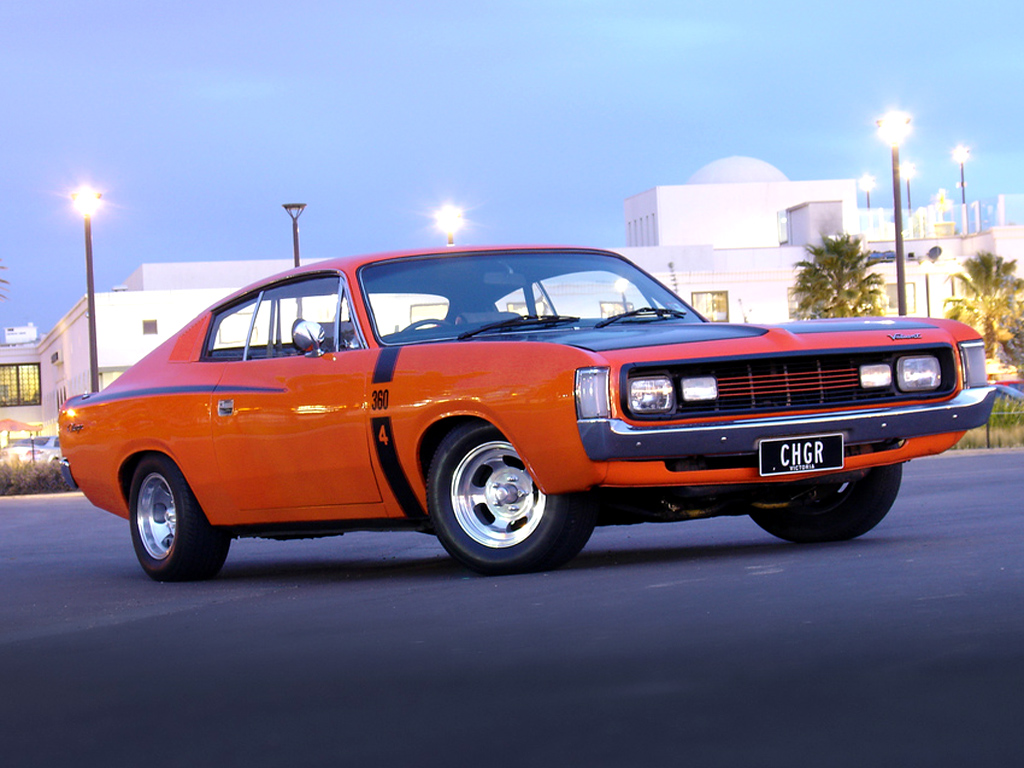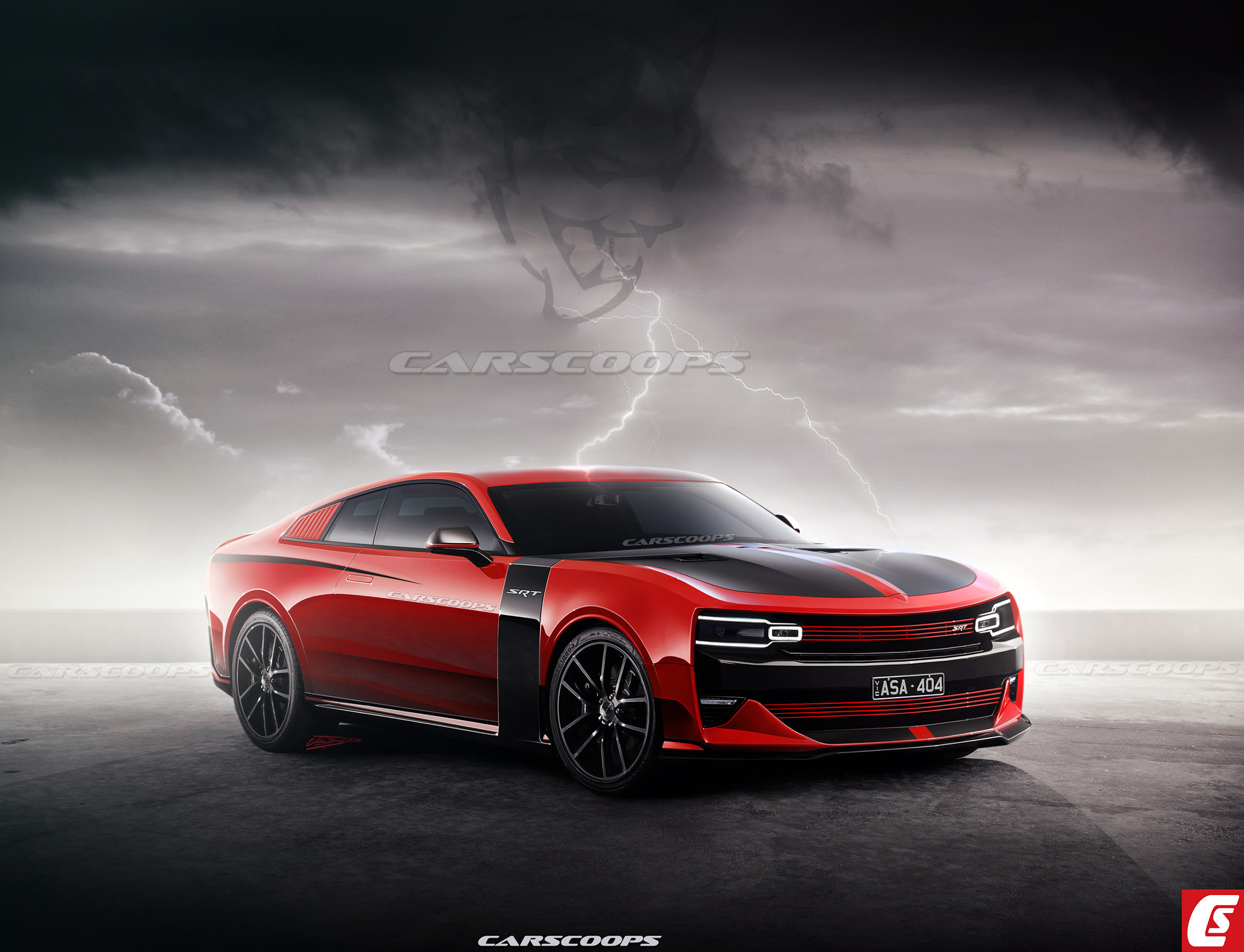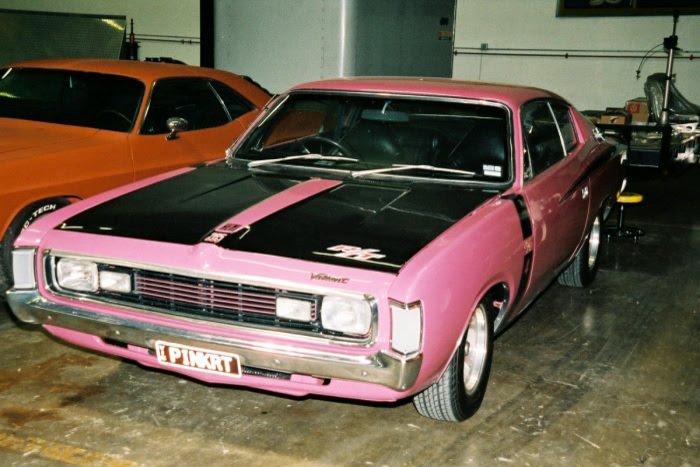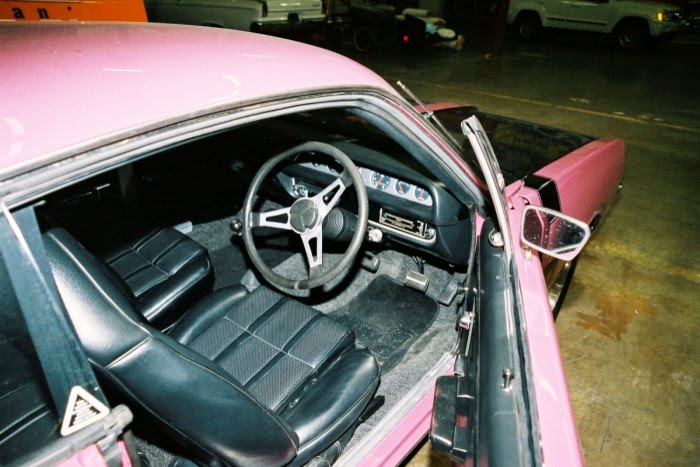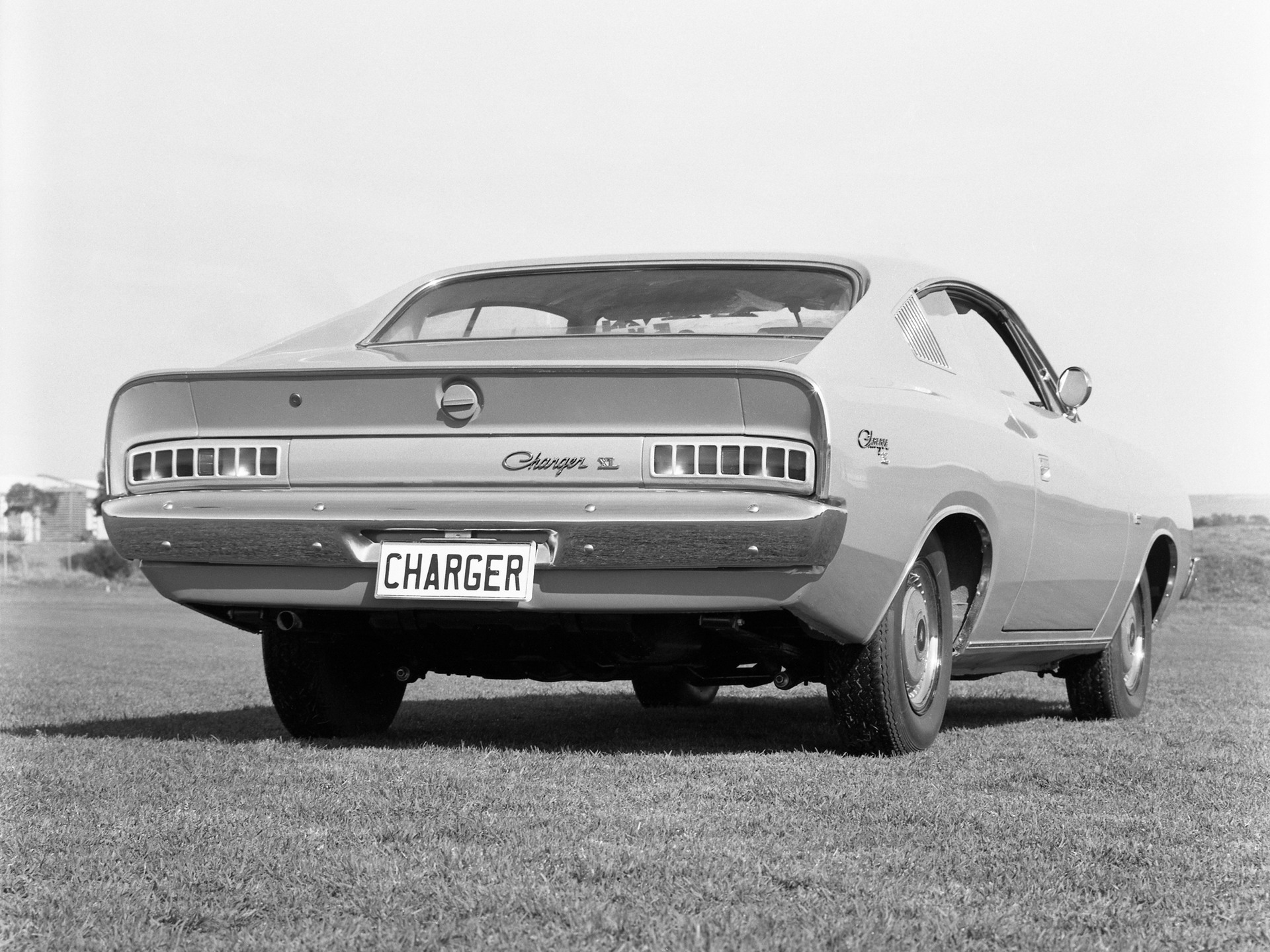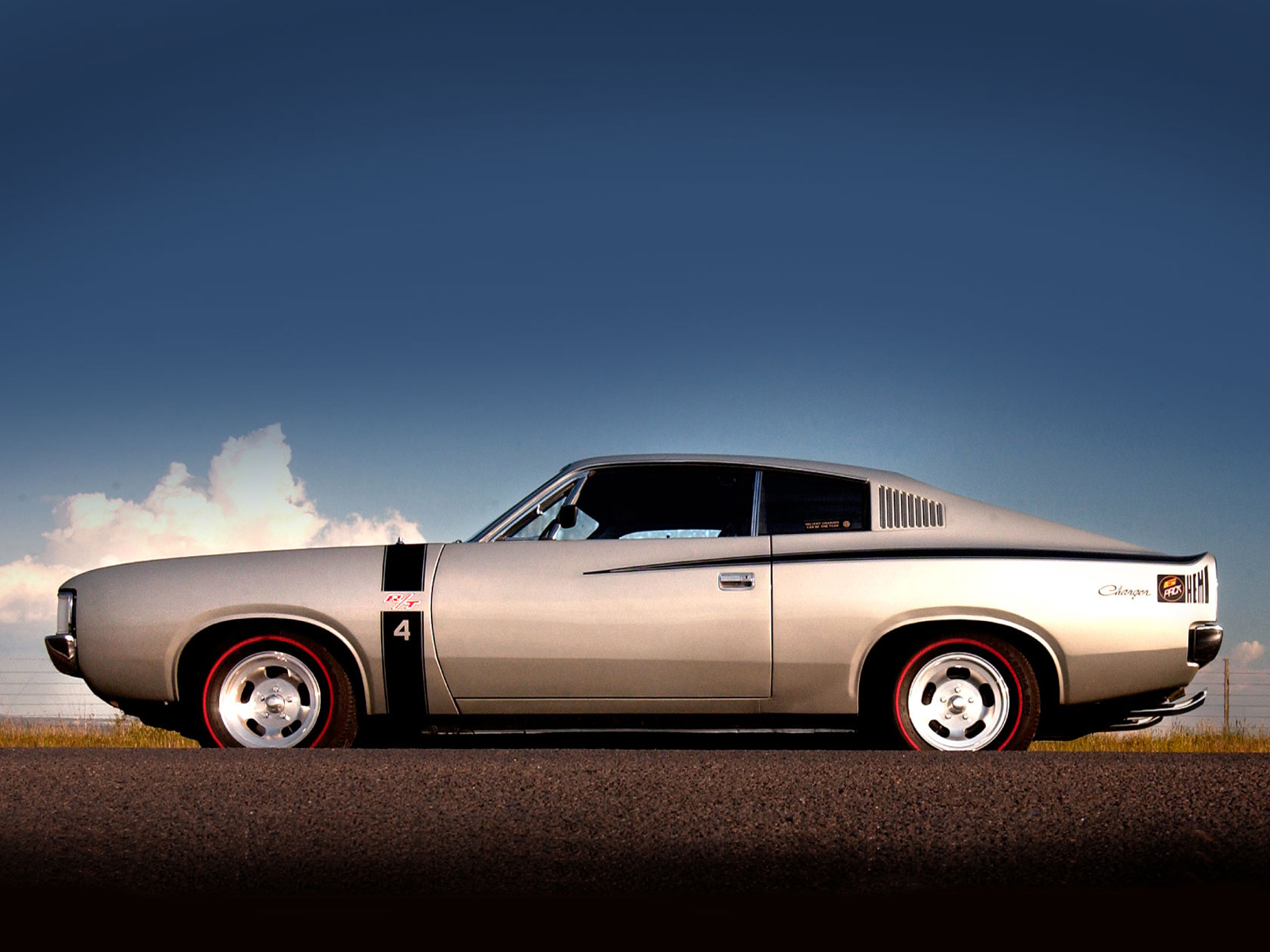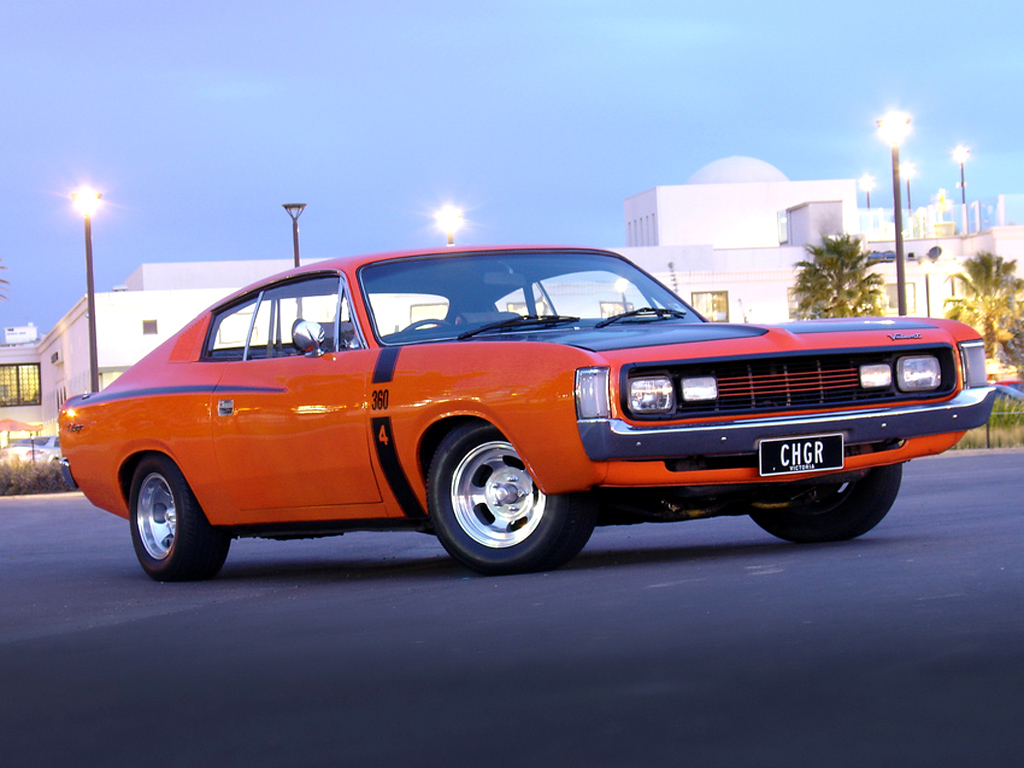The automotive world was a wonderful place back in the 1970s. Muscle cars were plentiful and arguably, you could label it as the golden age of motoring before the bleak 1980s turned up.
Back then, Chrysler had two versions of the Charger coupe; one under the Dodge banner that’s widely known as the fast and furious American icon and the other, made from Chrysler’s Australian operations under the Valiant branding. The Australian version had different styling, engines and suspension.
Unlike its American-made relative, the Australian (also sold in New Zealand) Charger only lasted from 1971 to 1978 as direct competitor to the iconic Holden Monaro and Ford Falcon coupe of Mad Max fame.
The prettiest iteration was the VH made through 1973 that came with six cylinder engines producing from 140hp to 302hp in R/T trim, and a pair of V8s, the 230hp 5.2L (318 cu) and the 275hp 5.6L (340 cu) in the 770s.
Would there still be a Charger offering today if Chrysler Australia kept on making cars?
Short answer is a sad no. Holden, Ford and Toyota have all abandoned manufacturing operations due to a multitude of issues with car-building in Australia. It’s still a very recent and raw subject for many involved in the industry.
It doesn’t hurt to dream, does it?
Luckily on the bright-side, dreams are free, so what could a modern day Valiant Charger look like if production realities weren’t an issue?
Our illustrated reimagining takes the best of old and infuses them into a retro-futuristic look. One element emphasized in this study – feel free to call it the 2020 Valiant Charger – are the vertical black stripes on the front fenders. Here they’ve been reworked into a glossy black panel that rises up over the car whilst forming part of the hood vents.
Frontal styling is very in-your-face, with an emphasis on width by using horizontal grille bars, bumper cutouts and LED headlights. I’ve kept the fastback profile and re-used those louvered inserts in the c-pillar for visual interest.
One of the best attributes of the ’70s Charger is its back end; here I’ve retained the flying-buttress appearance with a curved rear window and flat trunk lid. Large black sections, squared-off rear fenders and LED tail-lights complete the imposing picture.
Of course it would come with a Hemi V8!
Now, it wouldn’t be a Charger without an Hemi V8 under the hood; cue a 6.2-litre, supercharged V8 with 707 hp (527 kW) and 650 pound-feet of torques (880 Nm) …Why hello Hellcat!
Of course, the more civilized amongst us would be fine with 300 or so horsepower 3.6-litre Pentastar V6 and its 8-speed ZF auto or even a performance hybrid. The latter would make sense in the world of stricter emissions targets and environmental concerns – cue guilt-free motoring with looks to kill.
Ford are going the performance hybrid route with the Mustang and don’t be surprised if General Motors follows suit with the Camaro. It’s only a matter of time before Chrysler does so too.
Although like all things that must come back to earth and taking a step back into reality, could Chrysler have two muscle coupes in their lineup? In today’s climate it would be a hard one to pull off. But it must be said that the Challenger is getting long in the tooth and needs replacing… are you listening FCA?
Share your thoughts on this design study and tell us what was your favorite muscle car from the ’70s.




